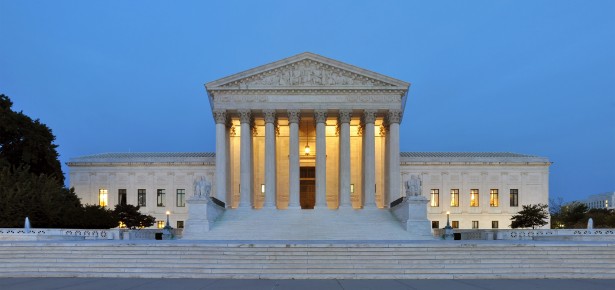
Over the past year, we have seen a renewed debate in the public over issues concerning discrimination and harassment. From the controversy related to taking down a Confederate monument in Charlottesville, Virginia, to the widespread national attention recently received by the #metoo movement and women’s rights issues, these topics have (rightly) taken center stage in many of the current policy debates in our country. While these issues arise in many different aspects of our economy, one of the most prevalent areas where we see harassment and discrimination is in the workplace.
My book, The Supreme Court’s New Workplace: Procedural Rulings and Substantive Worker Rights in the United States, directly engages this current debate, as it examines how harassment and discrimination litigation has been treated by the current court system in the employment setting. Over the past decade, the U.S. Supreme Court has systematically eroded the rights of minority workers through subtle changes in procedural law. This book identifies and describes how the Supreme Court’s new procedural requirements create legal obstacles for all civil-rights litigants, thereby undermining their substantive rights.
Under the recent procedural rulings of the Supreme Court, the protections available to workers have become increasingly limited. Simply put, it is far more difficult for a worker who has been wronged to even bring a lawsuit today than it was ten years ago, let alone litigation that is actually successful. It is also harder for workers to sue collectively, as the standards for class-action employment discrimination are now more daunting than ever. And even where a worker does win in court, it is quite difficult to get access to many types of damages. Similarly, union membership is at an all-time low, even in states that have traditionally been labor-friendly. The situation for the common worker will only get worse if this trend in procedural rulings continues. The result is that workers — who already face a challenging legal landscape — will soon find it even more difficult to obtain relief in court when they have been wronged by their employer.
Given these concerns and obstacles, my book takes the next step of providing a framework that practitioners can use to navigate these murky waters, allowing workers a better chance of prevailing with their claims. Many minority workers now face pervasive discrimination in an uncertain legal environment that promises only to get worse. This book will serve as a road map for successful workplace litigation and a valuable resource for civil-rights research. The book also clearly illustrates how to effectively use this framework, applying the proposed model to one emerging sector — the on-demand industry. While the hurdles facing all forms civil rights litigation – including harassment and workplace discrimination – can be quite daunting, there are still several workable techniques that can be used to successfully bring these important claims.
Latest Comments
Have your say!